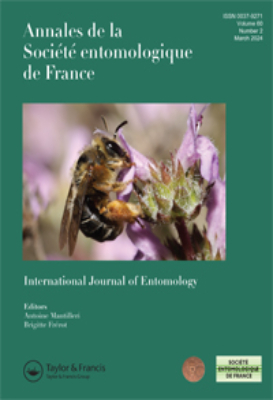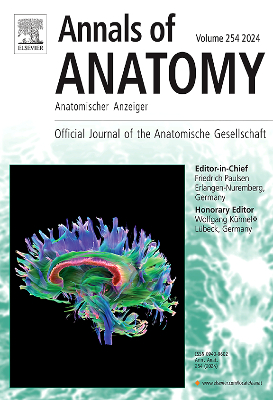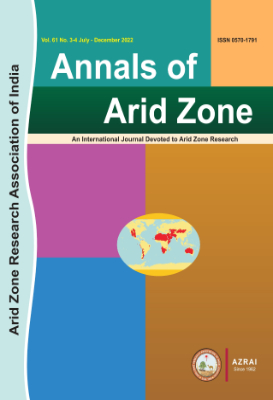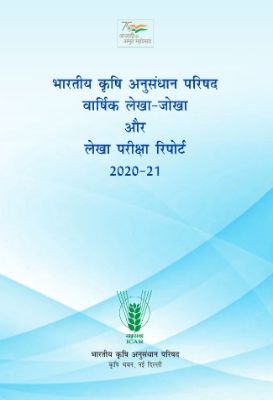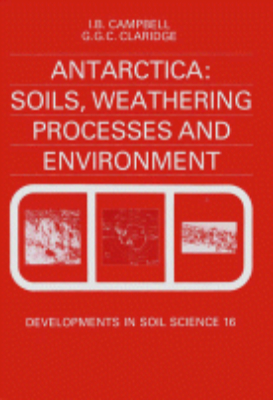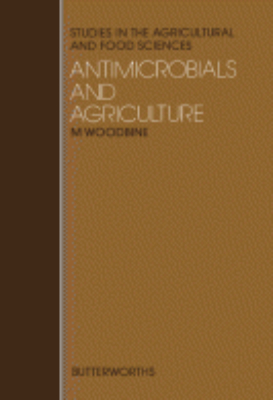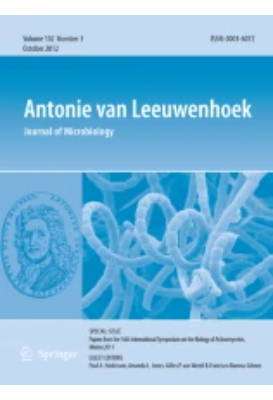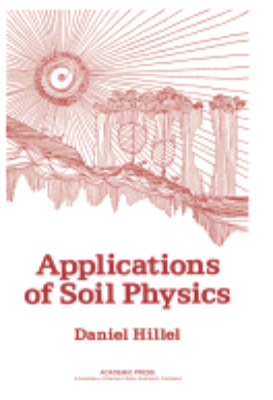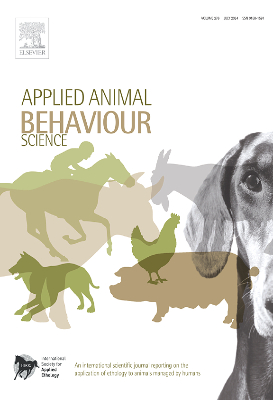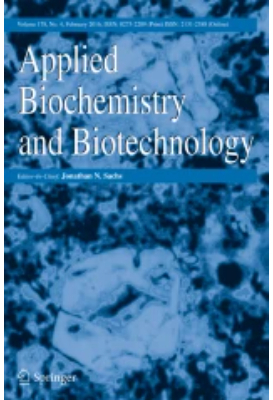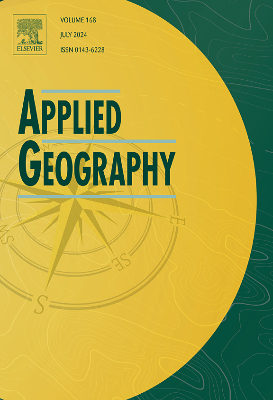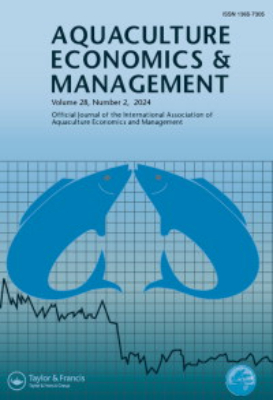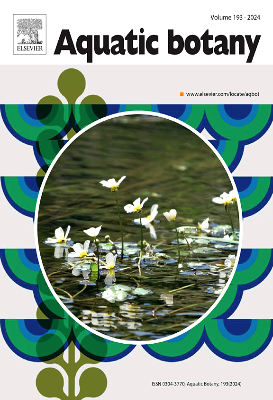Agricultural Science
Animal Products in Human Nutrition
Animal Products in Human Nutrition evaluates the contributions of food derived from animals to a balanced diet. The individual chapters in this book are organized into two major sections. The first section begins with a history of the use of animal-derived foods from the early ages of mankind, followed by a treatise of economic and resource costs of animal foods, including use of industrial and agricultural by-products and fish. Trends in the changes in the composition of American diets and the metabolism and disposition of common environmental toxins within animal tissues are also included in this section. The second section details the essential nutrients provided by animal products, as well as the possible effects of consumption of animal products on the development of hypertension, milk intolerance, infections from food-borne bacteria, cancer, and atherosclerosis. This book will be useful to agricultural scientists, journalists, professionals that deal with human nutrition, and human nutritionists and dietitians.
Animal Science
Animal Science: Reproduction, Climate, Meat, Wool is a 20-chapter book that begins with the concept of animal reproduction, including reproductive hormones, breeding, fertility, and fecundity. The next set of chapters elucidates the influence of climate on the animals. Subsequent chapters explore specific topics on meat and wool, in particular, the beef carcass; meat quality; mutton; lamb; composition and properties of wool; definition and measurement of wool quality; and quantitative aspect of wool growth. This book will be valuable for advanced students, as well as for advanced producers.
Animal Simples
Animal Simples: Approved for Modern Uses of Cure presents a variety of animal simples, which is regarded from a dietetic as well as from a medicinal point of view. This book dispels various prejudices against certain edible clean-feeding insects, eminently delicate, and remedial, which have failed to gain favor as food or medicine. The animal simples described in this book are arranged alphabetically to guide the readers. This text provides useful information regarding the remedies yielded by animals. This book is a valuable resource for readers who are interested on the usefulness of animal simples.
Animal Toxins
Animal Toxins is a collection of papers that tackles the advancement in studies that aim to enhance the contemporary understanding of animal toxins. The materials in the text are organized according to the organism they cover. The first section tackles the concerns with venomous arthropods, such as the structure of the venom gland of the black widow spider Latrodectus mactans and the biochemical-immunochemical aspects of the venom from the scorpion Centruroides sculpturatus. Next, articles about poisonous marine animals are presented, which include differentiation of the poisons of fish, shellfish, and plankton and block of sensory nerve conduction in the cat by mussel poison and tetrodotoxin. In Section III, the selection reviews papers about snakes and amphibians, such as epidemiological methods in studying venomous snakebites and chemistry of cytotoxic substances in amphibian toxins. The book will be of great interest to toxicologists, zoologists, and biochemists.
Animal Vigilance
"Animal Vigilance builds on the authors previous publication with Academic Press (Social Predation: How Group Living Benefits Predators and Prey) by developing several other themes including the development and mechanisms underlying vigilance, as well as developing more fully the evolution and function of vigilance. Animal vigilance has been at the forefront of research on animal behavior for many years, but no comprehensive review of this topic has existed. Students of animal behavior have focused on many aspects of animal vigilance, from models of its adaptive value to empirical research in the laboratory and in the field. The vast literature on vigilance is widely dispersed with often little contact between models and empirical work and between researchers focusing on different taxa such as birds and mammals. Animal Vigilance fills this gap in the available material. Key Features. Tackles vigilance from all angles, theoretical and empirical, while including the broadest range of species to underscore unifying themes. Discusses several newer developments in the area, such as vigilance copying and effect of food density. Highlights recent challenges to assumptions of traditional models of vigilance, such as the assumption that vigilance is independent among group members, which is reviewed during discussion of synchronization and coordination of vigilance in a group. Written by a top expert in animal vigilance"
Annals of Agricultural Ressearch
The Indian Society of Agricultural Science was established in 1979. The Society is an umbrella society which provides an opportunity to agricultural scientists belonging different disciplines to address the problems confronting Indian agriculture in a concerted and integrated manner. The name of the Society shall be "THE INDIAN SOCIETY OF AGRICULTURAL SCIENCE (ISAS)". The head office of the Society shall be at the Indian Agricultural Research Institute, New Delhi-I 10 012.
Annals of Arid Zone
Focus and Scope The Annals of Arid Zone is a open access journal totally devoted to dryland and arid zone research. The Journal accepts the original research and review articles covering diverse fields like dryland agriculture, crop management, soil-plant-water relationship, range ecology and management, solar energy utilization, desertification, rangelands, sand dunes, livestock, agroforestry, wind erosion, watershed management, biodiversity, integrated farming systems, climate change, hydrology, etc. publishes the findings of research relevant to dryland in general and arid zone (hot and cold) in particular. Peer Review Process The research/ review article within one week of its submission is sent to two different independent referees. They are selected on basis of their expertise in areas of paper received, have ability to logically comments based on the content, with no conflicts of interest and also reliable to do review in the given timeframe. Referees are expected to respond to the editor's request for advice within a limited period of time (3 weeks), which is clearly stated by the editor. A comment sheet is also provided to him for seeking his advice on all aspects of the article. He is advised to return the manuscript immediately without comments if it is not possible for him to attend to a manuscript within this period, so that the editor can send it to another referee without further delay. Generally 6 weeks' time is given to the each reviewer for completion of review the research article. Comments from the referee are received by the editor within the stipulated timeframe If the reports of both referees disagree with regard to the suitability of the paper for publication, advice of a third referee is sought. Comments received from both referees: Article is sent to author for modification along with comments of referees. At this stage editor completes the preliminary editing. It includes checking in-house style (presentation of title, affiliations, present address, abstract, scientific nomenclature, text and reference presentation as per the Journals' format). Comments not received from both referees: If comments are not received from both referees within the stipulated timeframe, reminder is sent to them. Reminder to referee from whom the comments not received: If comments are not received from either of the one referee within the stipulated timeframe, reminder is sent to him. However if his reply is not coming in a stipulated time, editor takes suitable action on the basis of comments received from one referee. In case of no reply from both the referees the article is sent to a new referee. Rejection of the article on the basis of comments of referees: The article is rejected on the basis of comments of referee/referees. The author is informed accordingly. Author does not agree with the adverse comments of one referee or in the meantime suitable comments are received from Second referee: Editor's decision independently or in consultation with editorial board, is final. Editor may ask the first referee or a third referee to go through the comments of first referee, reply of author to comments of referee and /or contradictory comments of second referee. Favorable comments are received from second referee after the modification: Input of the second referee is incorporated in modified article. Author is contacted if referee asks for inclusion of more information in the form of table, figs or references. Adverse comments received from the second referee at any stage: Author is informed of the adverse comments from second referee and action is stalled (even at proof stage) till final decision. Editor's decision independently or in consultation with editorial board, is final. Acceptance of the article is sent to author. Plagiarism: Plagiarism will be checked by iThenticate software. Articles/ manuscripts with text resemblance less than 20 % (excluding standard text in methods and references in text as well as bibliography) will be only be excepted for publication. Publication Frequency The journal is published quarterly. Open Access Policy The Journal is available as Open Access under the Creative Commons Attribution-Non Commercial-Share Alike 4.0 International License. Ethical Policy Our interaction with our authors is built upon a foundation of trust, and we operate on the principle of good faith when it comes to publishing submitted materials. We uphold the belief that every author, referee, and editor should openly disclose any conflicting or competing interests tied to a specific article. Our evaluation of manuscripts is impartial, irrespective of authors' attributes such as race, gender, religious beliefs, ethnicity, citizenship, age, or reputation. We exclusively consider fresh submissions that have not been previously published or simultaneously submitted elsewhere. It is imperative that the reproduction of content from other papers be accompanied by appropriate source credits, and any form of plagiarism, whether it involves the uncredited use of external text or the creation of multiple papers with substantially similar content by the same authors, is strictly prohibited and is sole responsibility of the author. Simultaneous submission of identical findings to multiple journals is deemed unethical, with exceptions granted to review articles that include proper citations. Authors are responsible for acknowledging the contributions of other researchers that have influenced their research and should duly reference the publications that have shaped the trajectory and progress of their study The Publisher will address the matters related to authorship and contributorship, managing complaints and appeals, addressing allegations of research misconduct, handling conflicts of interest, ensuring ethical oversight, addressing intellectual property rights (IPR) concerns, facilitating post-publication discussions, and managing corrections and retractions. Throughout this process, we adhere to the guidelines set forth by the Committee on Publication Ethics (COPE) Sponsors ICAR-Central Arid Zone Research Institute, Jodhpur-342003 Journal History The Arid Zone Research Association of India, Jodhpur (India) (AZRAI; Regd No: 17988/69) was formed in 1962 to disseminate research findings related to a variety of issues through interdisciplinary researches concerned with the development of arid zone. A quarterly journal, Annals of Arid Zone was started in 1963. Recently the association has published 54th volume of Annals of Arid Zone in 2015.
Antarctic Fish Biology
This important volume provides an original synthesis and novel overview of Antarctic fish biology, detailing the evolution of these fish in some of the most unusual and extreme environments in the world. Focusing on one group of fish, the notothenoioids, which contain the majority of the current organismal diversity, this book describes a fauna that has evolved in isolation and experienced incredible adaptive radiation by acquiring numerous physiological specializations. Darwin's finches and African cichlids may be joined by Antarctic fishes as exemplars of adaptive radiation.The books' coverage is detailed and comprehensive, and the author clearly recognizes the fact that these fish are a component of a most interesting and biologically unique ecosystem and environment. Topics inAntarctic Fish Biologyinclude past and present environments, fossil records, taxonomic composition of fauna, systematic relationships, diversification, and physiological adaptations.
Applications of Soil Physics
Applications of Soil Physics deals with the applications of soil physics and covers topics ranging from infiltration and surface runoff to groundwater drainage, evaporation from bare-surface soils, and uptake of soil moisture by plants. Water balance and energy balance in the field are also discussed, along with tillage and soil structure management. The development and extension of Penman's evaporation formula is also described. This book is comprised of 14 chapters and begins with a systematic description of the field-water cycle and its management, with emphasis on infiltration and runoff; redistribution and drainage; evaporation and transpiration; and irrigation and tillage. Subsequent chapters focus on transpiration from plant canopies; freezing phenomena in soils; scaling and similitude of soil-water phenomena; spatial variability of soil physical properties; and movement of solutes during infiltration into homogeneous soil. Concepts of soil-water availability to plants are considered, together with principles of irrigation management and the advantages and limitations of drip irrigation. This monograph is intended for upper-level undergraduate and graduate students of the environmental, engineering, and agronomic sciences.
Approaches to Research on the Systematics of Fish-Borne Trematodes
"Approaches to Research on the Systematics of Fish-Borne Trematodes is a concise guide for systematic studies of the prevalence of fish-borne trematodes both in the endemic areas and experimental laboratories. It includes methods to identify species of fish-borne trematodes to enhance the precision of research studies based on the metacercarial stage. Misidentification of trematode species is a common occurrence when researchers are new to the field and have no guidance. Consequentially, sometimes publications report inaccurate prevalence rates of these parasites. This compact guide gives clear direction on:. Collection of parasites in the final hosts. Collection of cercaria from snail first intermediate hosts. Collection of metacercaria from fish hosts. Molecular identification of parasites. Systematics of fish-borne trematodes Key Features. Provides research guidelines and protocols for studying systematics of fish-borne trematodes using both morphological and molecular data. Presents keys to enable identification of metacercariae of fish-borne trematodes in the Greater Mekong subregion"







